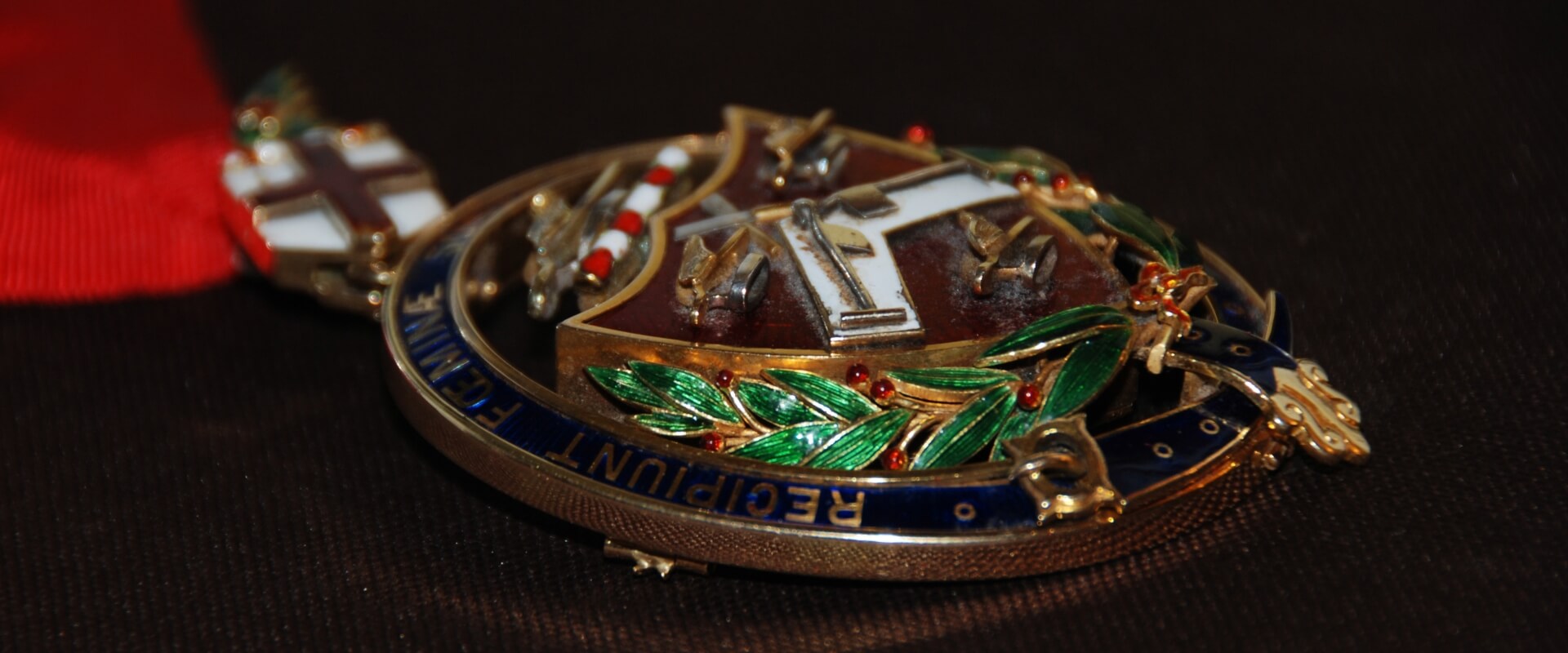The Worshipful Company of Pattenmakers, awarded its first Royal Charter in 1670 and livery status in 1717, is one of the Livery Companies of the City of London.

Company
The most common pattens made since the 12th century in London and other European centres took the form of a shaped wooden platform with leather or cloth straps to hold the shoes upon it, and a cast-iron ring and uprights beneath. In the 18th century pattens for elegant ladies were made to match their shoes in fine silk or embroidery. Thus the trade embraced the skills of carpentry, leatherworking, blacksmithing and embroiders.
Pattens were worn principally by women, giving rise to the Company’s motto
“Recipiunt fœminæ sustentacula nobis”
meaning ‘Women receive support from us’ but men’s and children’s examples also exist. The motto is found on the Company’s arms, which are described more fully on the separate page.
Trade and craft associations have flourished all over Europe for many centuries, but the City of London companies, now collectively known as the Livery, are unique in their survival, number and diversity.
The social and economic conditions which gave birth to the original guilds have long since been overtaken by the development of industry and commerce, but the livery companies still flourish today as living institutions. Their survival has been achieved by doing what they have always done: fostering their trade in a wide context, serving the community, and embracing modern skills and professions. Today there are 110 livery companies in the City of London.
An order of precedence was established in 1515 according to company wealth. To settle a dispute the Skinners and Merchant Taylors take positions six and seven on alternate years (hence the expression ‘being at sizes and sevens’). Some companies such as the Goldsmiths, Fishmongers, Saddlers and Gunmakers are still active in their trade. Others such as the Horners and Fan Makers have changed to modern equivalents (plastics & air-conditioning) whilst many have lost their trade.
The demand for pattens died out at the end of the 19th century, when roads and pavements were much more commonly surfaced. Hence the Pattenmakers represented a lost trade and needed to reinvent itself. It did so by continuing a strong membership of leading figures from the shoe trade and by encouraging the development of the trade through the awards for young managers and grants to students learning the design and manufacturing skills required. More recently, it has found a new and unique niche amongst the livery companies by supporting in many ways the production of orthopaedic shoes for those, particularly in the armed services, who have had severe leg and foot injuries.
It is not certain whether in the past the Pattenmakers Company had its own Livery Hall. Over the centuries many Livery Halls have disappeared. Some were sold when money was short, some closed when the original companies were disbanded or absorbed into others and some have been destroyed – many in the Great Fire of London in 1666. Without our own Hall, we have had the opportunity to make use of the many very fine Halls of our fellow Livery Companies within the City of London.
See www.cityoflondon.gov.uk for more details.
See https://liverycommittee.org for contact information on Livery Companies and Halls
Pattenmaker Sheriffs
We are very proud of our involvement in the city of London and there have been two Sheriffs in recent times with the Pattenmakers as their Mother Company: in 1981 Past Master Anthony Eskenzi CBE and again in 2019-20 Past Master Christopher Hayward.
Liveryman Wendy Mead OBE was a Sheriff in 2011 but her Mother Company is the Glovers and so in 2025 we are delighted that Past Master Deputy Keith Bottomley is standing unopposed for election on 24th June 2025 where the Master, Wardens & Clerk will be there to support his election as Sheriff 2025-26.
